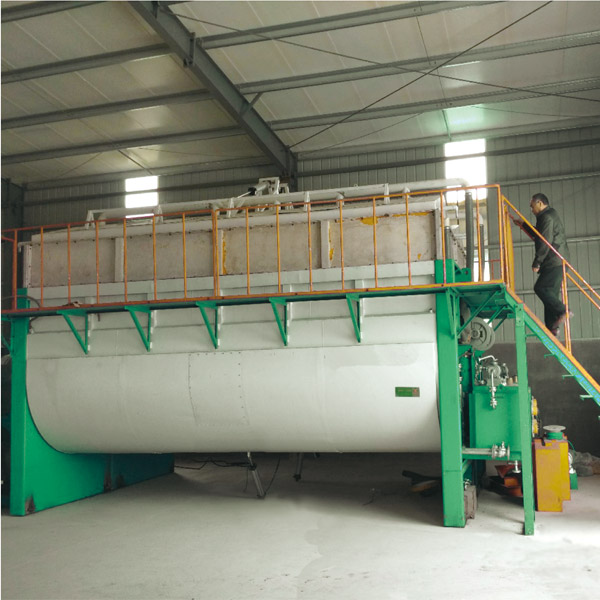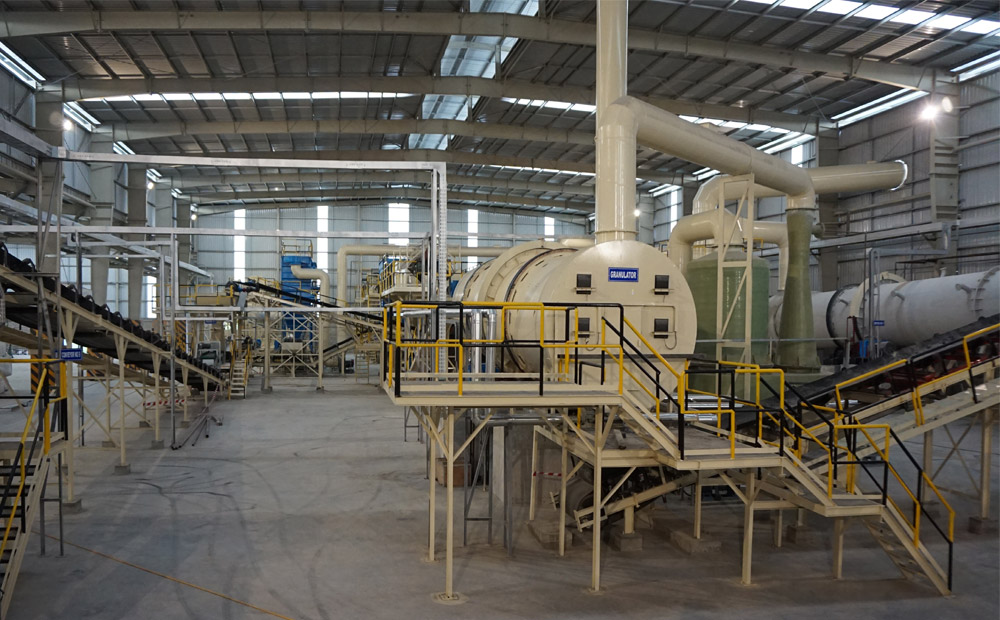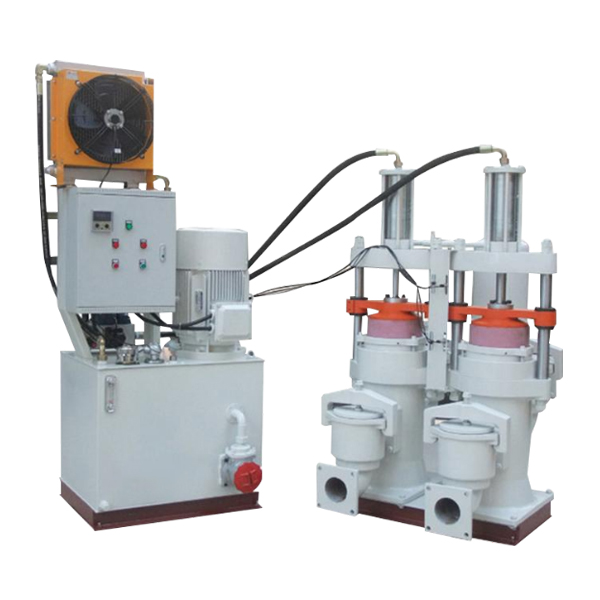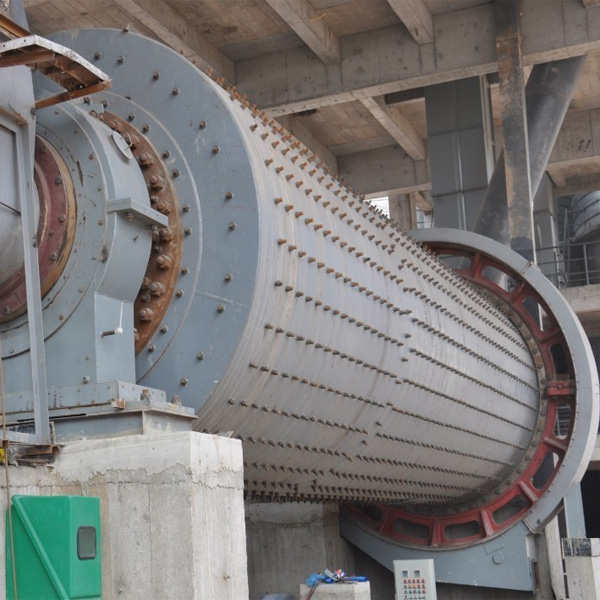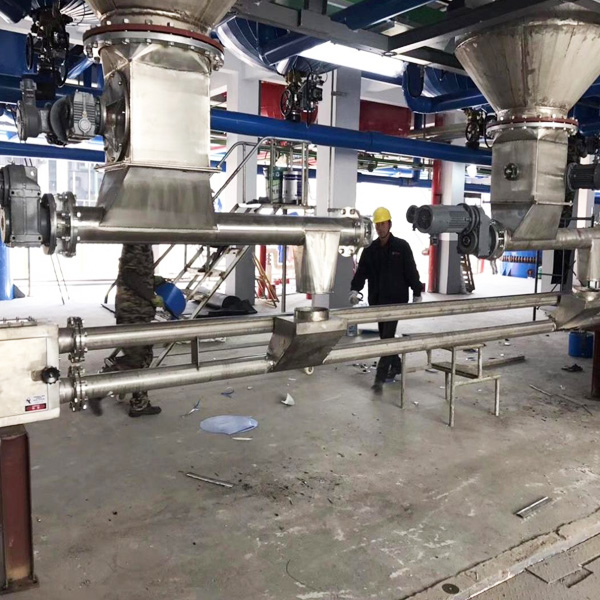The box-type fermentation equipment is suitable for the aerobic treatment of organic solid waste such as livestock and poultry manure, sludge, kitchen waste, straw, etc. This equipment avoids secondary pollution, and the operation is simple and easy to understand. The temperature and humidity settings are automatically and intelligently controlled to reduce manual labor. Nursing, the heating of the material is fast, and the high-quality fermentation of the material can be completed in the shortest time.
Organic fertilizer fermentation tank equipment is a set of laboratory all-glass fermentation equipment, off-site sterilization, oval glass tank bottom, mechanical stirring, convenient operation, powerful functions, and can meet various purposes of fermentation, such as batch type, batch type flow Plus, the single-arm tank is temperature-controlled by a heating blanket, and its volume is 0.5L, 1L, 2L, 3L, 5L, 7L, 10L, 15L and 20L.
The material, structure and layout of the fermentation system of the organic fertilizer fermentation tank equipment are all designed according to the fermentation system and meet the GMP standard. The system is equipped with the required feed bottles, peristaltic pumps, circulation pumps, control valves, pipeline systems, and control systems to fully guarantee the safety and reliability of the system.
To ensure normal use, electric appliances, meters, sensors and other electrical equipment are strictly prohibited from direct contact with water and steam to prevent moisture.
Precautions
When directly delivering hot water to the equipment tank of organic fertilizer fermentation tank, ensure that the valve above the hot water pump is in a half-open state, especially for the filter to be thoroughly inspected regularly. If the flow rate is reduced or the flowmeter fails to go up during fermentation, it should be repaired immediately.
Organic fertilizer fermentation tank equipment equipment The tank body and the upper and lower filling heads are processed by spinning R angle, and the inner wall of the tank is polished by mirror surface, and there is no hygienic dead angle.
For example, some chlorination and sulfonation reactions are fast reactions, which require the agitator to provide high mass transfer strength; some reactions require the absorption of insoluble oxygen, which in turn requires the agitator to provide high dispersion capacity. Before sterilizing the organic fertilizer fermentation tank equipment, check each interface, whether the appearance of each pipeline is normal, and whether the steam outlet pipe is firm. Each valve should be checked by two persons to see if it is fully closed.
Organic fertilizer fermentation tank equipment is under the driving force of static pressure difference, density difference of fermentation liquid, release of carbon dioxide and temperature difference (1-2°C) caused by the cooling of the upper part of the tank, the fermentation liquid in the tank produces strong natural convection, The contact between the yeast and the fermentation liquid is enhanced, the metabolism of the yeast is accelerated, the beer fermentation speed is greatly accelerated, and the beer fermentation cycle is significantly shortened.
For large organic fertilizer fermenter equipment, the cooling efficiency of the coil is much higher than that of the jacket, and the heat transfer area can be designed according to the needs, but it takes up the reactor space and makes the reactor cleaning and sterilization more difficult. In order to enhance heat transfer, the jacket can be designed in a honeycomb shape to increase the flow rate of the cooling medium, which can make up for the limitation of insufficient heat transfer area. During each operation, keep the pressure in the air pipeline higher than the tank pressure of the organic fertilizer fermentation tank equipment, otherwise it will cause the liquid in the organic fertilizer fermentation tank equipment to flow back into the filter, block the filter element or make the filter invalid.
Organic fertilizer fermentation tank equipment is widely used in dairy products, beverages, bioengineering, pharmaceuticals, fine chemicals and other industries. The tank body is equipped with interlayers and insulation layers, which can be heated, cooled and kept warm. The tank body and the upper and lower filling heads (or prototypes) are processed by spinning R angle. The inner wall of the tank is mirror-polished, and there is no hygienic dead corner. The fully enclosed design ensures that the materials are always mixed and fermented in a pollution-free state. The equipment is equipped with air Breathing holes, CIP cleaning nozzles, manholes and other devices.
When the organic fertilizer fermentation tank equipment is out of use, it should be cleaned in time to drain the remaining water in the organic fertilizer fermentation tank equipment and various pipelines; loosen the organic fertilizer fermentation tank equipment tank cover and hand hole screws to prevent permanent deformation of the sealing ring. The above is all about the humanized design of organic fertilizer fermentation tank equipment.
During the actual elimination process of the organic fertilizer fermentation tank equipment, when the jacket is preheated with steam, the organic fertilizer fermentation tank equipment controls the inlet steam pressure within the working pressure range of the equipment (should not exceed 0.2MPa), otherwise it will cause the organic fertilizer fermentation tank damage to equipment.
It is rarely used in industrial fermentation, and it is only used in fermentation with relatively stable genetic properties of strains, such as alcoholic fermentation.
Organic fertilizer fermenter equipment has strong adaptability, from Newtonian fluid to non-Newtonian filamentous bacteria fermentation broth, it can provide higher mass transfer rate and required mixing speed according to the actual situation and needs. The disadvantage is that the driving power of the mechanical stirrer is relatively high, generally (2-4) kw/m3, which is a huge burden for large reactors.
 Fertilizer equipment_Fertilizer machines_Organic fertilizer equipment
Fertilizer equipment_Fertilizer machines_Organic fertilizer equipment
